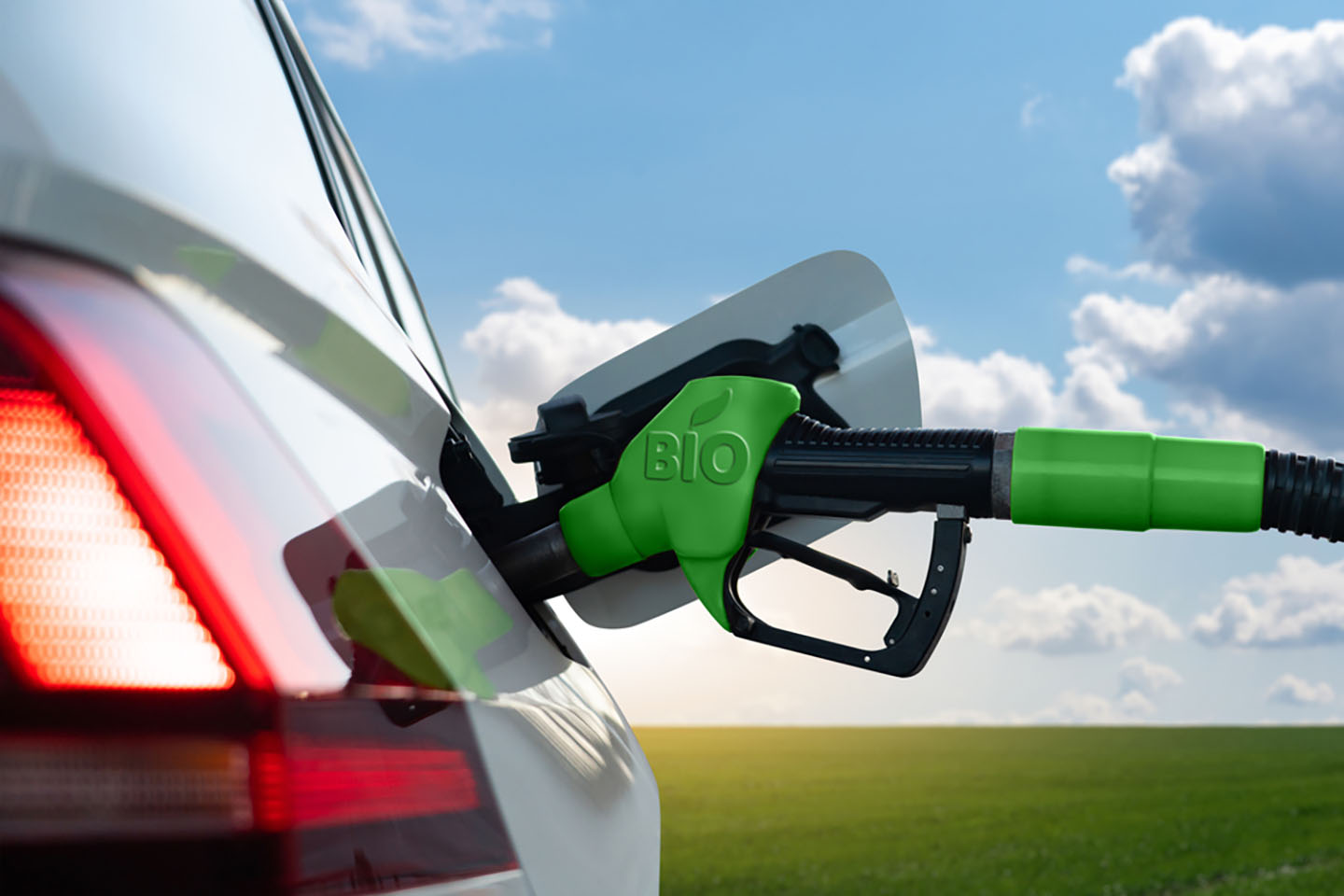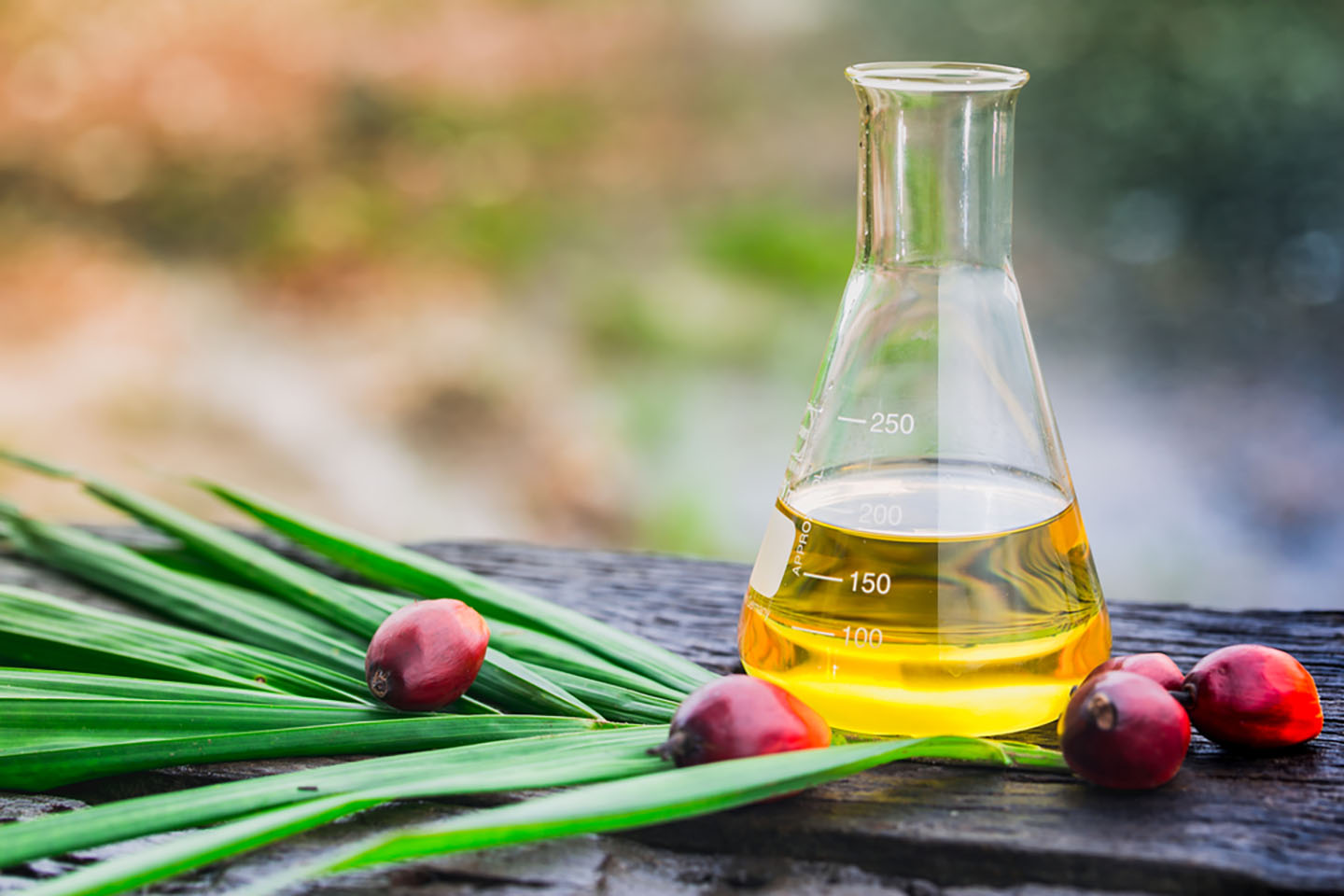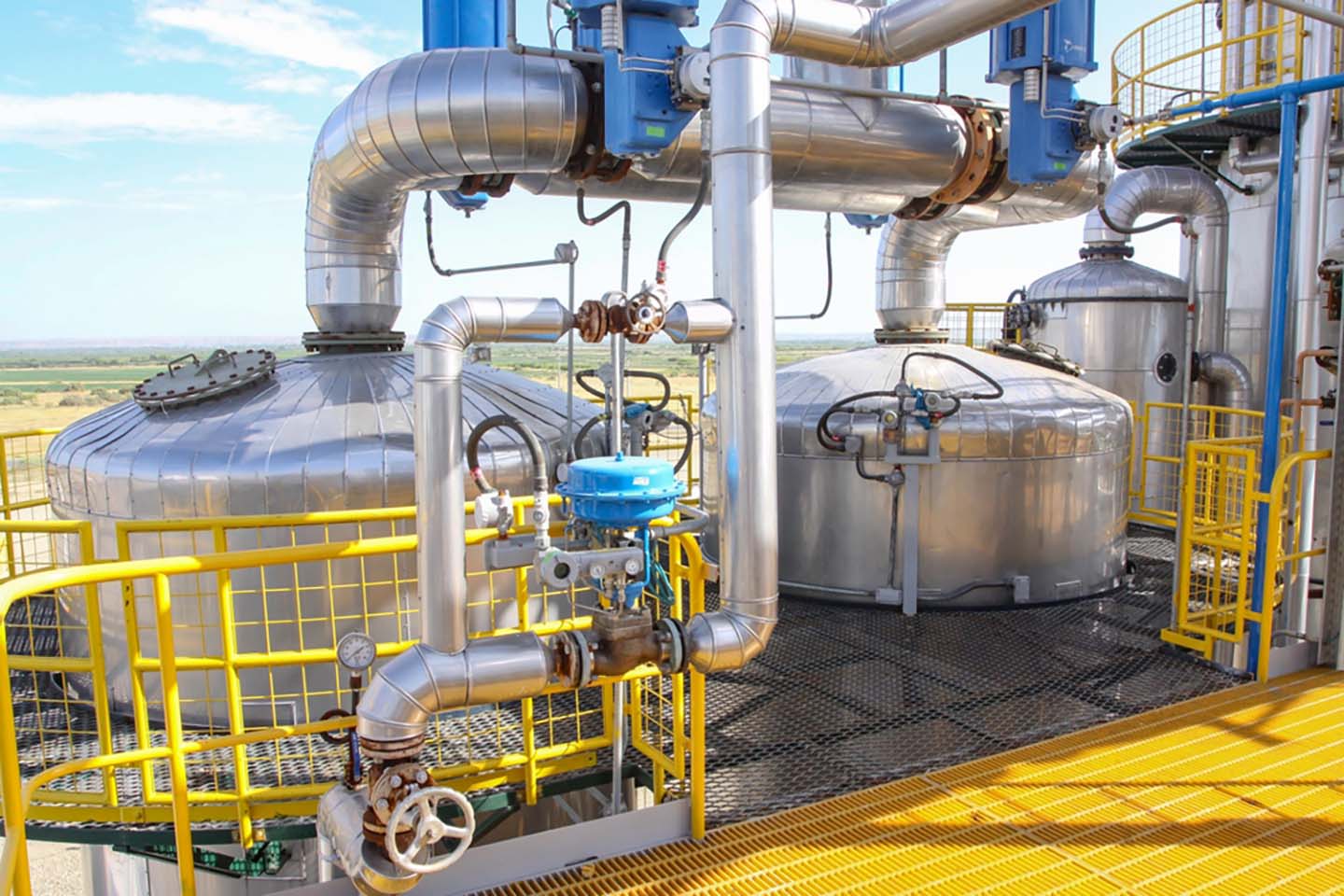Biodiesel vs. Diesel: Everything You Need to Know
Apr 3rd 2024

Scharfsinn/shutterstock
Diesel is reducing its environmental impact thanks to biodiesel, a biodegradable alternative to petroleum-based fuel from crude oil. In 2022, U.S. combined biodiesel/renewable diesel production totaled around 3.1 billion gallons, according to the U.S. Economic Research Service, up from 1.7 billion in 2013. Biodiesel produces fewer carbon emissions than full petroleum diesel to slow the effects of climate change, but how does it affect your engine? Learn everything there is to know about biodiesel vs. diesel.
What Is Biodiesel?
Biodiesel is made from renewable agricultural products like soybean oil, yellow grease from cooking oil, canola oil and animal tallow. It has been around as long as diesel itself. Creator Rudolph Diesel used vegetable oils to power the first diesel engines when petroleum oil was scarce. The idea resurfaced in the U.S. in the 21st century as a way of lessening our dependence on foreign-based crude oil and the transportation sector’s impact on the environment. Biodiesel emits 11% less carbon monoxide and 10% less particulate matter than petroleum fuel.
Today, biodiesel isn’t meant to replace petroleum fuel. It’s mixed with traditional diesel, comprising anywhere from five to 20 percent of the finished product that goes in your tank. B5 is 5% biodiesel and 95% petroleum; B20 is 20% biodiesel and 80% petroleum. Anything over 20% should be used with extreme caution, as most engines aren’t meant to run on 100% biofuel.
Fleet managers, local, state and federal government vehicles and agricultural equipment use biodiesel. You’re probably already using renewable fuel without realizing it. Most gas stations incorporate biodiesel into their fuel supply to comply with strict emissions requirements. Check what percentage of biodiesel is in the fuel the next time you fill up. What color is diesel fuel? Biodiesel has a yellowish color that smells like french fries when burned, a sharp contrast to the pungent odor of petroleum.

nirapai boonpheng/shutterstock
Benefits of Biodiesel
The cost of refining biodiesel is about the same, but the products used to make biodiesel can be grown worldwide, while petroleum crude oil can only be found in certain regions. Extracting and refining these crops does less damage to the environment. Biodiesel is also non-toxic while burning petroleum harms human health and air quality.
Commercial vehicles earn tax credits when they use higher concentrations of biodiesel, such as B20. Under the Energy Policy Act, fleets earn one EPAct credit for every 450 gallons of B-100 they purchase in blends of 20% or higher when used in vehicles that weigh over 8,500 pounds. Consumers also save a penny per percent of biofuel made with agricultural products and half a penny for those made with recycled oils under the American Jobs Creation Act to support domestic job growth.

Luisensaldana/shutterstock
How Will Biodiesel Affect My Engine?
Blended biodiesel is safe to use on all diesel engines. It functions similarly to diesel fuel, but it can affect vehicle performance. The biodegradable ingredients used to make this fuel are more susceptible to temperature changes than petroleum. If the fuel sits too long in a warm environment, it can grow mold. The oil will also gel faster in cold temperatures, leading to longer startup times and poor fuel dispersion.
Biodiesel also produces more lubrication than traditional petroleum, which may sound like a positive, but it will leave deposits that can clog your fuel filters. When you first switch from regular diesel to higher concentrations of biodiesel, change your filters to get rid of the newly released particulate matter. These formations sap fuel efficiency and limit fuel flow, eventually cutting the engine.
If you’re using fuel additives to reduce gelling in the winter, make sure it’s compatible with the biodiesel concentration. Shop for Xtreme diesel parts to replace clogged fuel injectors, filters and pumps. The exhaust gas recirculation (EGR) cooler is designed to remove NOx emissions from the exhaust by recycling it through the engine. However, biodiesel releases more NOx than petroleum, which may seem counterintuitive. Maintain your EGR cooler to avoid overheating the engine when using B20.
Biodiesel is changing the transportation sector for the better. Nearly every industry and type of vehicle has already embraced the benefits of renewables. Using them responsibly is just a matter of protecting your engine. Use these tips to reduce emissions without damaging the fuel system.
